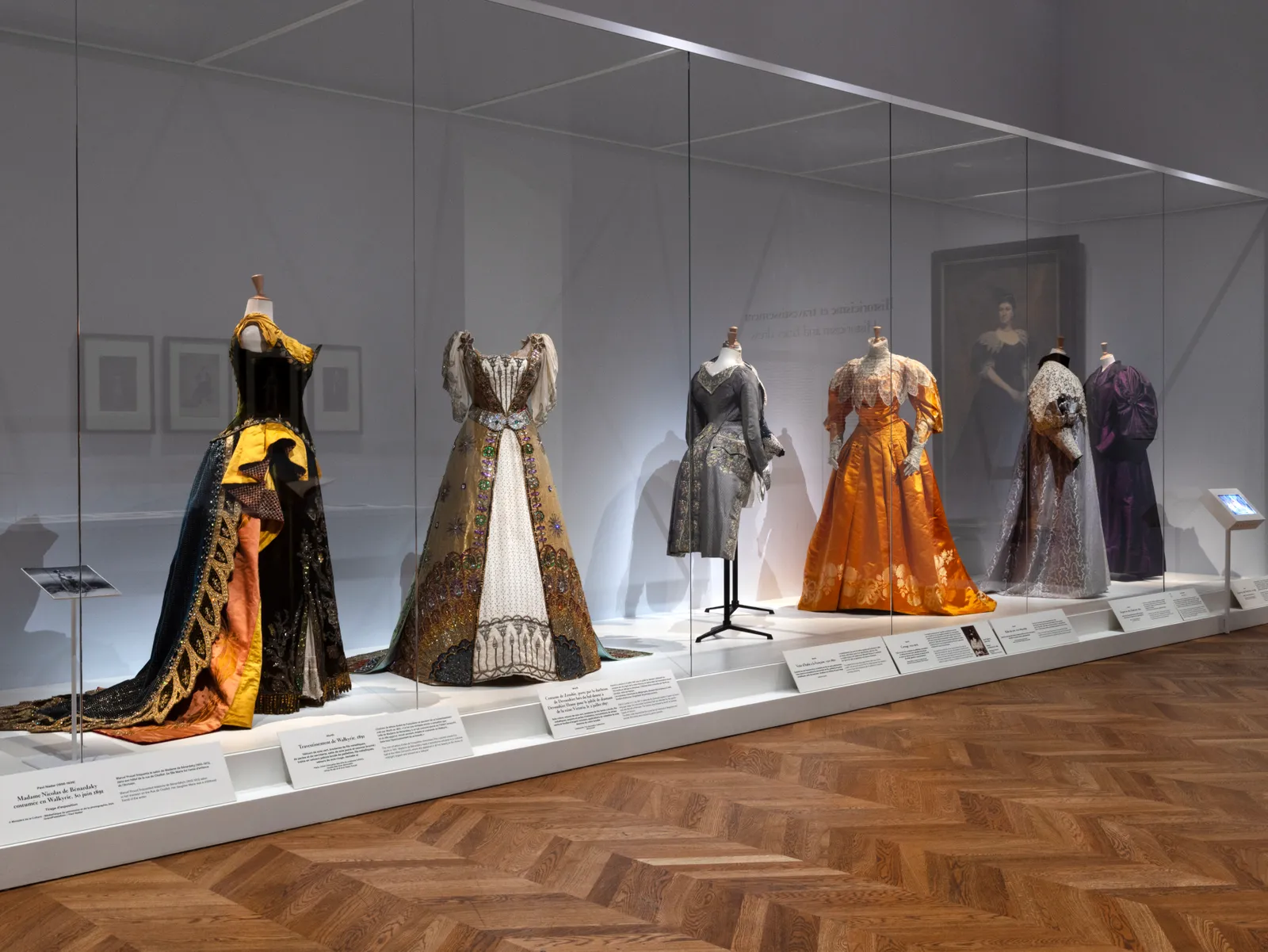If you find yourself in Paris or planning to be, this is one show that’s truly worth seeing.
In Paris, a rare exhibition now open at the Petit Palais invites visitors to explore the origins of modern fashion. Worth: Inventing Haute Couture tells the story of Charles Frederick Worth, a name not widely known today, but one that helped shape the global fashion scene and is widely regarded as the Father of Haute Couture.
Running until September 7, 2025, the exhibition brings together hundreds of historic pieces, many of which haven’t been shown in public for decades.
This is no ordinary display of vintage garments—it’s the most extensive retrospective of the House of Worth in nearly 70 years. Some of the items on view required months of delicate restoration work, and due to their fragile condition, many may never be exhibited again.
Related story: Dior’s ‘Designer of Dreams’ exhibit in Seoul is a must-see piece of theater
Related story: Dispatch from Paris: Inside Dolce & Gabbana’s grand ode to Italian opulence
Related story: Inside Loewe Crafted World Tokyo, an immersive art space made of vivid dreams
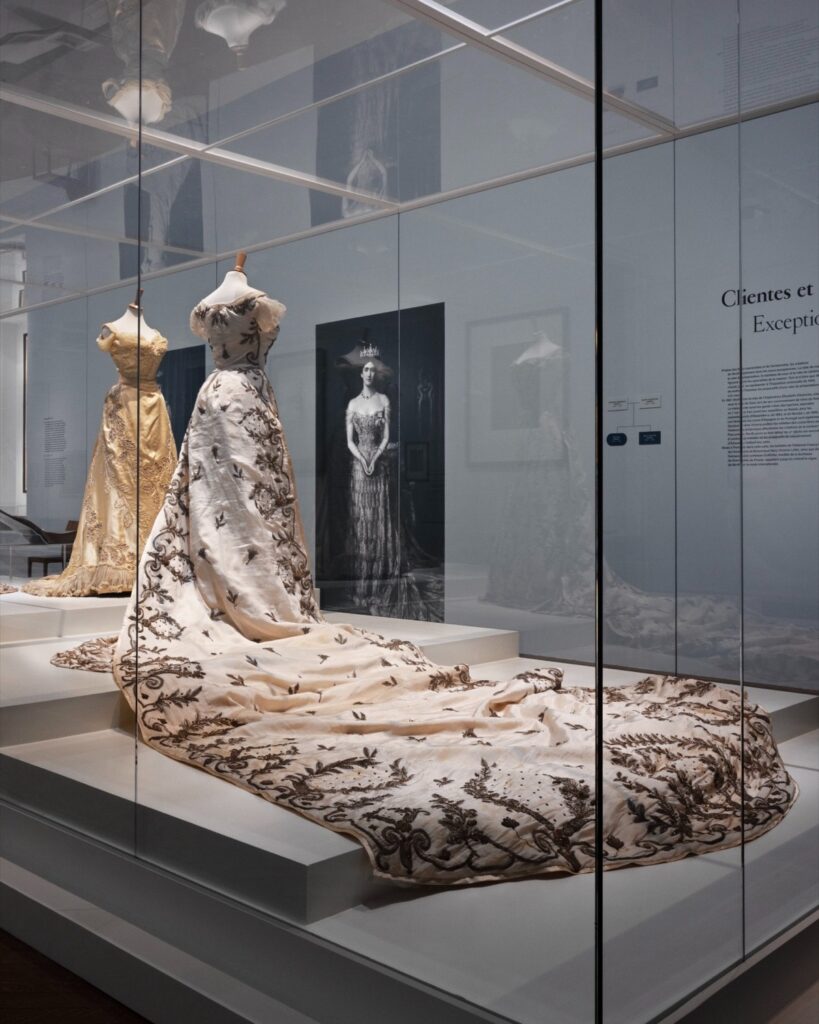

How it all began
Charles Frederick Worth was born in England in the early 19th century. In his twenties, he moved to Paris and began working at Gagelin, a shop that sold fabrics and fashion goods. His talent for creating standout dresses soon earned him a reputation. And in 1858, he opened his own fashion house on rue de la Paix. What’s considered one of his revolutionary moves was labeling his clothes, a small move that later on transformed fashion forever.
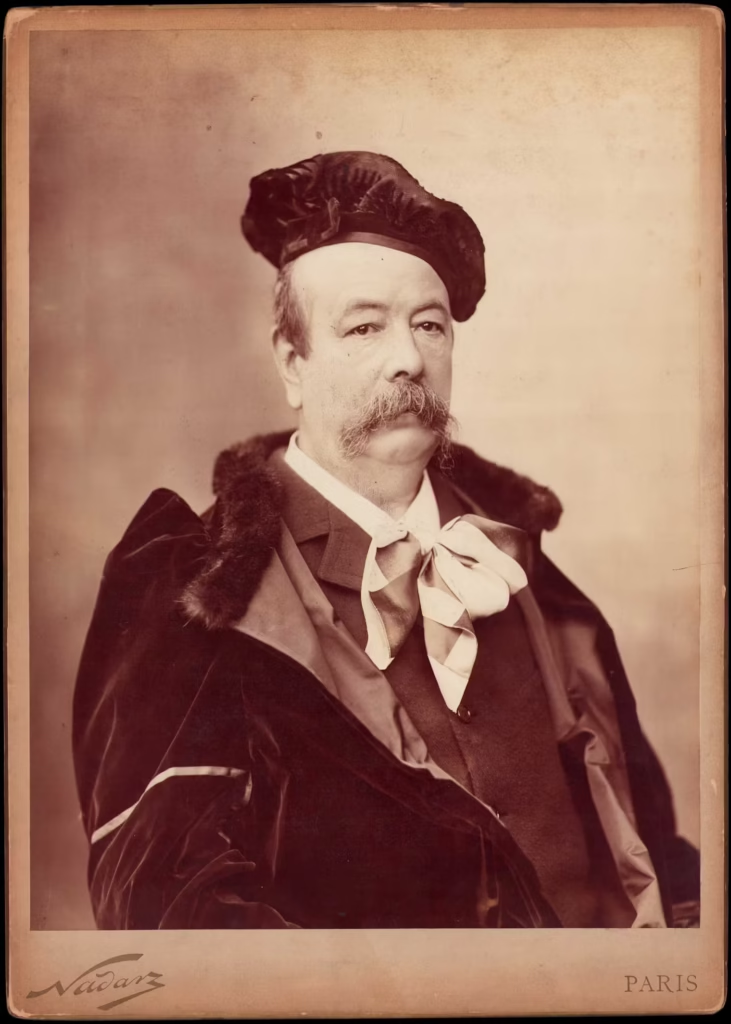
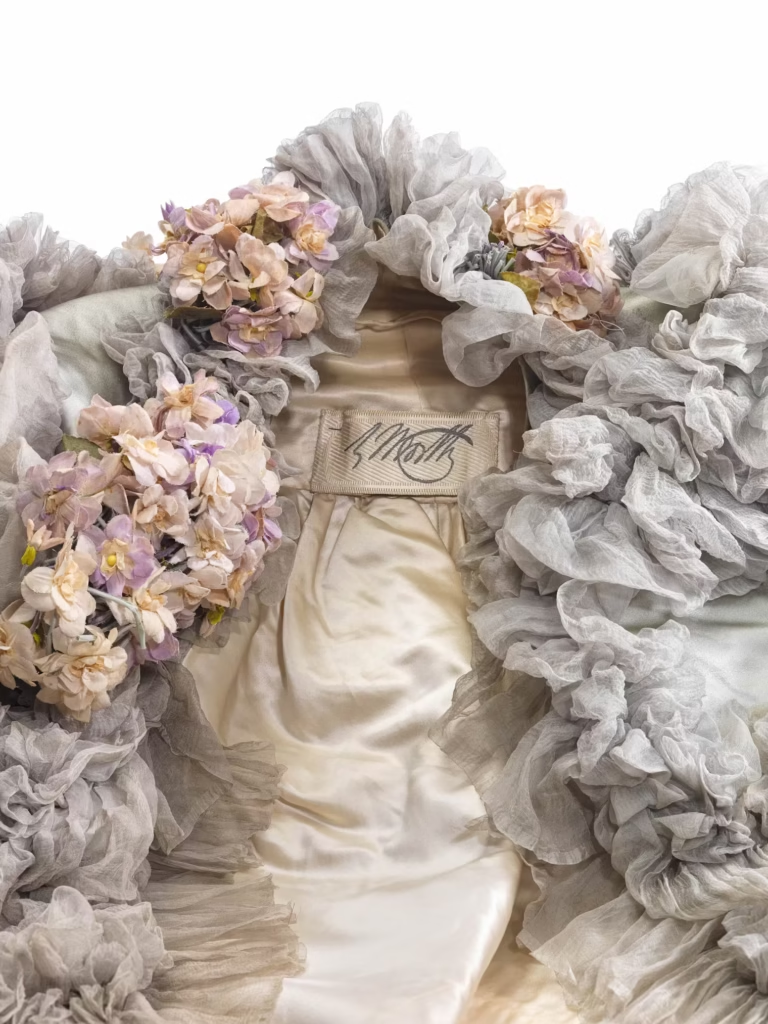
An elite circle of clients
Worth’s designs didn’t just look expensive, they were. He made dresses for royalty, for weddings, for balls, and for public appearances. Some of his clients were Empress Eugénie and Princess Metternich, whose choices influenced society across Europe.

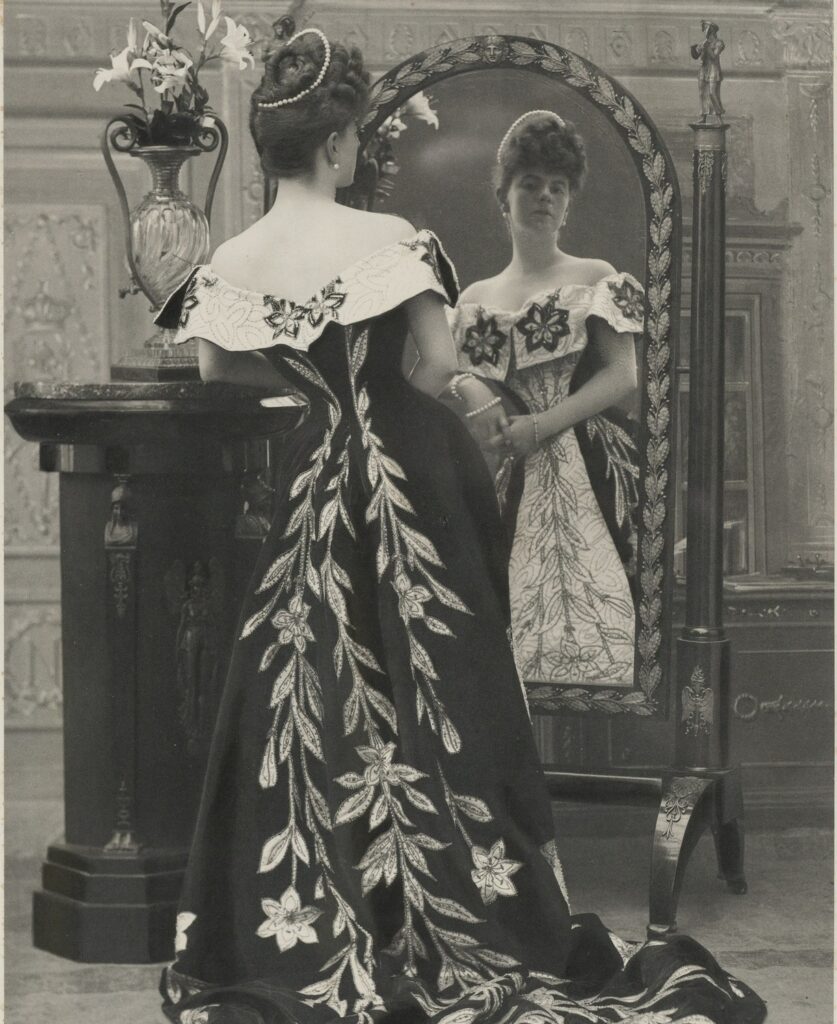
The exhibition features Lady Curzon’s court gown from around 1900 and Countess Greffulhe’s dress from her daughter’s wedding. These pieces showcase Worth’s attention to detail: handmade silk, velvet, lace, and beadwork.
Related story: Must-visit museums in Paris beyond the Louvre and Orsay
Related story: Dolce & Gabbana exhibition in Paris is a love letter to Italian culture
His impact
After Worth died in 1895, his sons Jean-Philippe and Gaston continued his legacy. Later, grandsons Jean-Charles and Jacques brought new ideas. By the 1920s, styles had evolved while maintaining Worth’s quality standards. The exhibit includes a 1926 dress made for Princess Murat featuring a bold gold and green fish-scale pattern, along with perfume bottles from the house’s fragrance line.
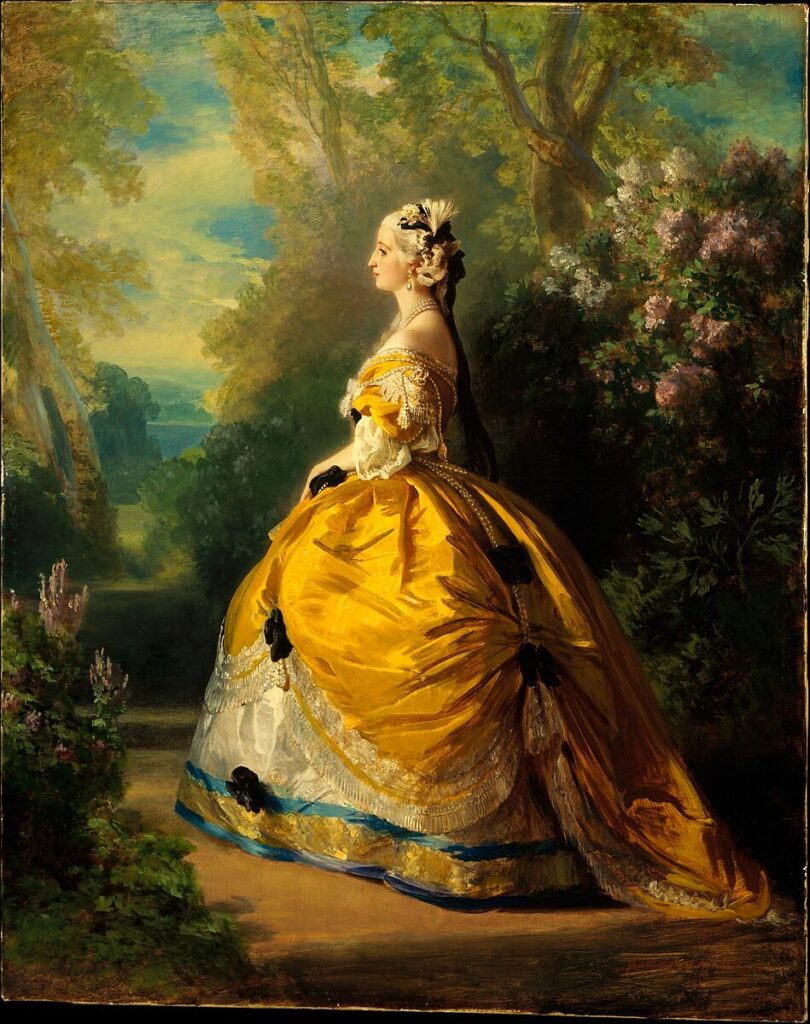
Photo from The Metropolitan Museum of Art
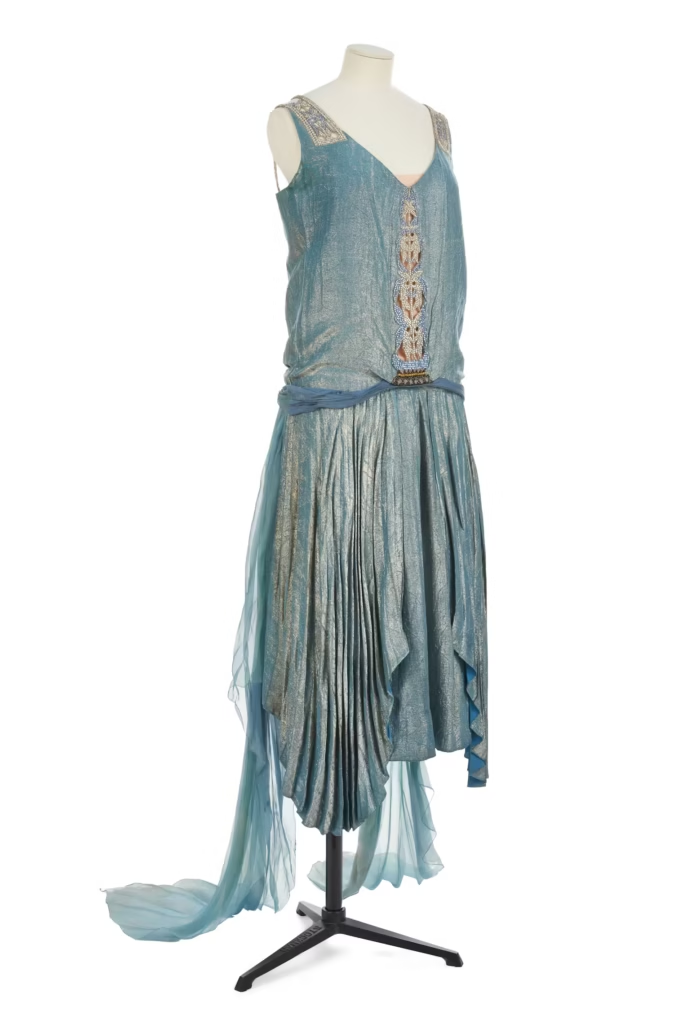
Worth didn’t just change how clothes looked, he changed how the fashion world worked. He came up with the idea of seasonal collections. He held private showings for clients. His workshop at rue de la Paix had salons, fitting rooms, design studios, even a kitchen for the staff. He also teamed up with names like Louis Vuitton. One of the gowns in the show was shipped to the U.S. in 1883 in a Louis Vuitton trunk, which is also part of the display. You’ll even find original receipts, handwritten notes, and photo documentation.
There’s also a section about how his sons handled rising U.S. tariffs. When it became too expensive to ship dresses across the Atlantic, they added labels showing the season the dress was made. That move helped reduce copies and created the idea of fashion “collections” we still use today.
The exhibition may not happen again
With over 400 pieces from museums worldwide, including New York’s Met and London’s V&A, this collection offers a rare glimpse into fashion history. The fragile nature of these textiles means they may never be displayed again. There’s even a section inspired by “The Gilded Age” TV series, where costume designers used Worth’s archives.
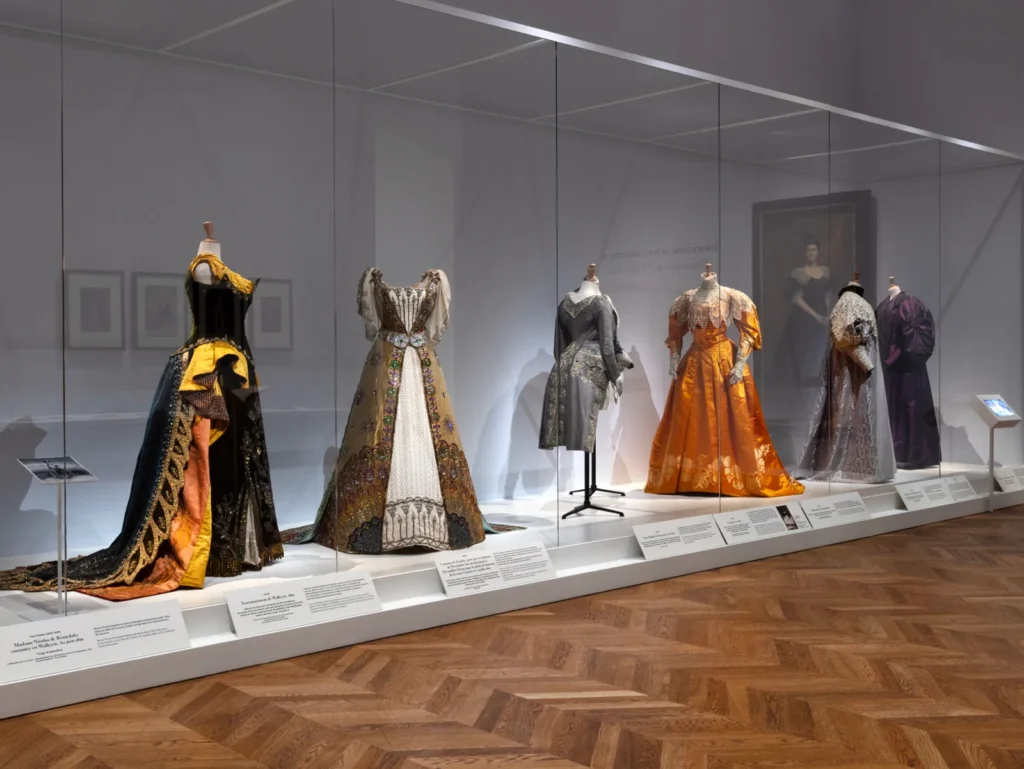
This isn’t just your regular museum trip. For fashion lovers, history fans, or anyone curious about where fashion came from or how far it’s come, this show is not to be missed.
Worth: Inventing Haute Couture is on view at the Petit Palais, the City of Paris Museum of Fine Arts. The exhibition is open to the public now and runs until September 7, 2025. If you find yourself in Paris or planning to be, this is one show that’s truly worth seeing.

